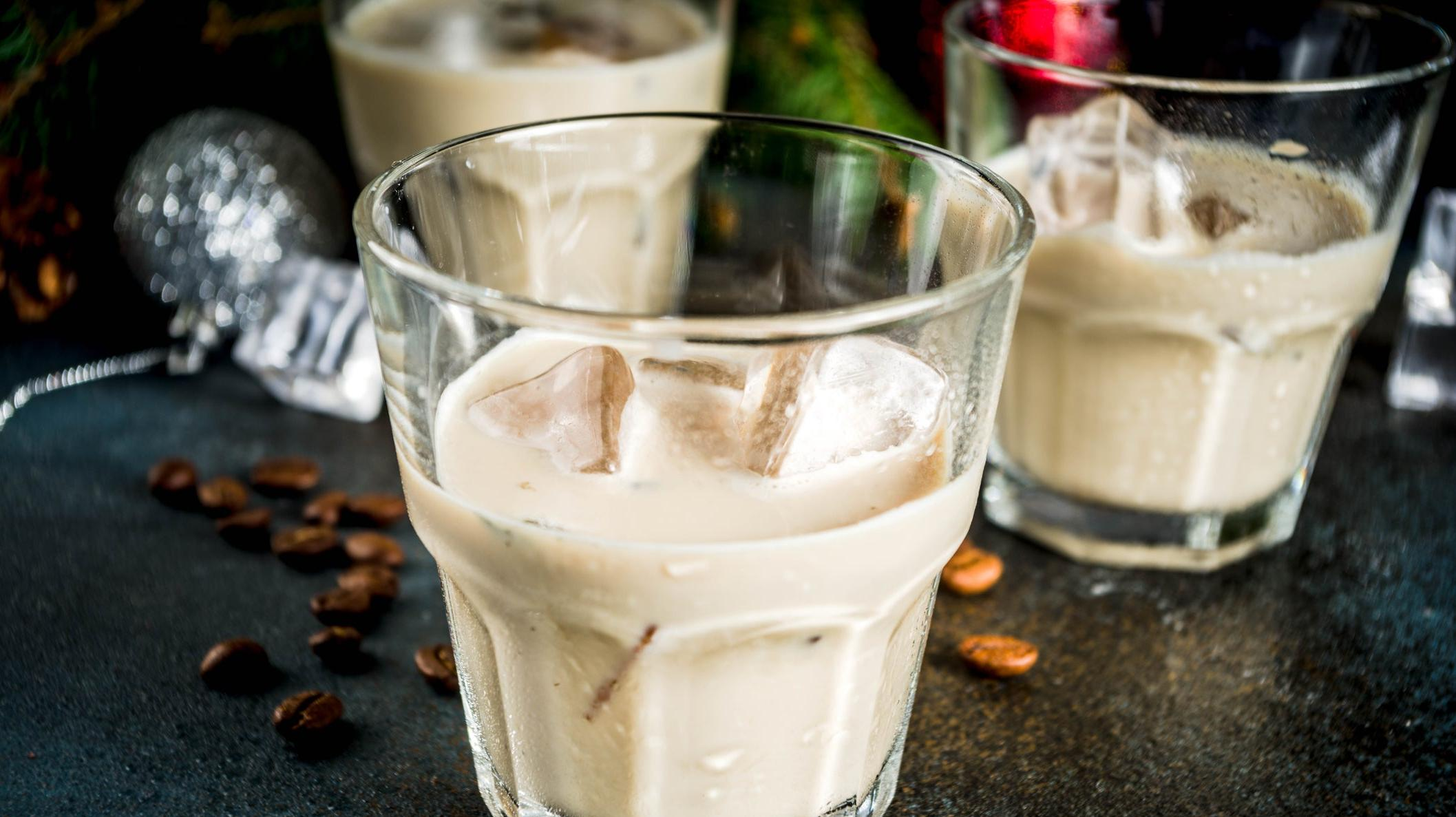Do I Have To Refrigerate Cream-Based Liqueurs?
As we gear up for egg nog season, we ask the experts: Does that Baileys need to go in the fridge?
It's nog season, children. As someone who lives alone, nog season usually goes like this: I purchase some fancy bottle of a cream-based liqueur, make one or two rich cocktails, throw a bit of the booze into my tea, and then leave the rest of the bottle to crust over in the new year.
But what happens if I get a hankering for a tea toddy in, say, April? This makes me squeamish; I've always been nervous about glugging Baileys after the bottle's been open for a few months. But high-end liqueur doesn't come cheap, and I'd like to know how to make a bottle last beyond the initial nogging.
The question is: Do I need to refrigerate cream liqueur after opening the bottle? To find out, I checked in with two major liqueur brands: Baileys, of course, as well as Pennsylvania Dutch, the maker of a very tasty seasonal Peppermint Bark liqueur.
Do I need to refrigerate cream liqueurs?
"Baileys guarantees its taste for two years from the day it was made, opened or unopened, stored in the fridge or not when stored away from direct sunlight. While it is not necessary to refrigerate our products, storage at refrigeration temperatures (~41°F) will best maintain the flavor profile of Baileys' delicious ingredients including rich dairy cream, Irish Whisky and fine spirits."—Stacey Cunningham, brand director, Baileys & Liqueurs, Diageo North America
"On the rare occasion that you don't finish the whole bottle of Pennsylvania Dutch after opening, it should be bottled tightly and placed in the back of the fridge. Between each use, don't let cream liqueurs sit out on the counter; fill your glass, share some with friends and family, then put the bottle back in the fridge until you're ready for a refill. Shelf life varies between brands, but Pennsylvania Dutch cream liqueurs made with real dairy cream will last up to four months after opening."—Manali Tijoriwala, head of product development, Charles Jacquin et Cie
So, Baileys says refrigeration isn't necessary—but Pennsylvania Dutch says it is. What gives?
If I had to guess, I'd say the alcohol content is key here. Both brands list "real" cream as a key ingredient; however, Baileys boasts 17% ABV, while Pennsylvania Dutch only has 12.5%. Higher alcohol = long-term preservation.
Pennsylvania Dutch is, however, only around $9.99, compared to a $30 bottle of Baileys. Ultimately, you get what you pay for. If you opt for pricier liqueurs, they'll probably have a longer shelf life. If you go with the cheaper stuff, you'll need to keep it cold no matter what—but with higher-ABV liqueurs like Baileys, refrigeration isn't necessary. Regardless, if you have room in your fridge, you might as well throw it in there just to be safe.
